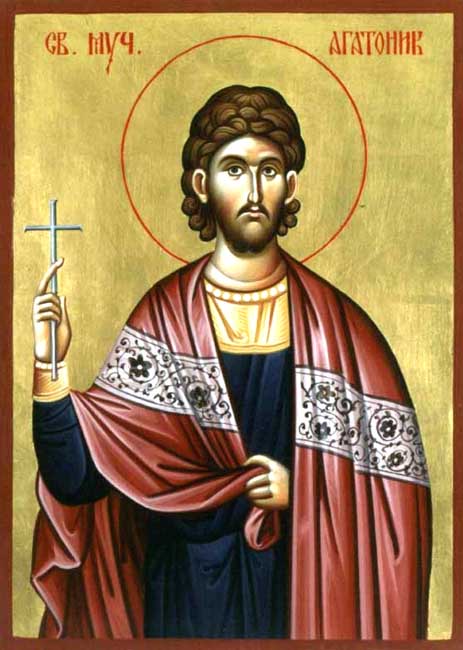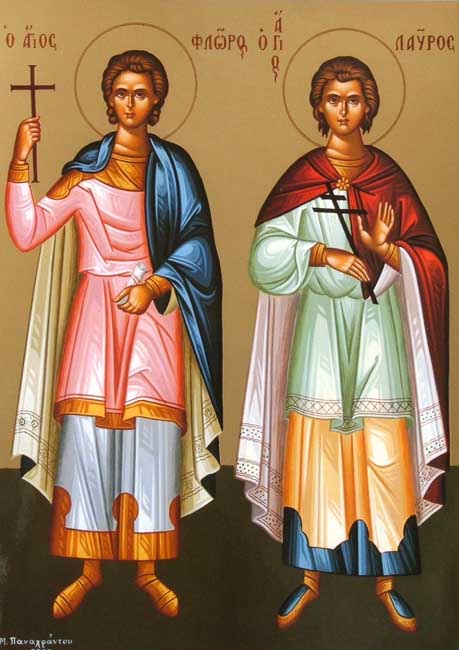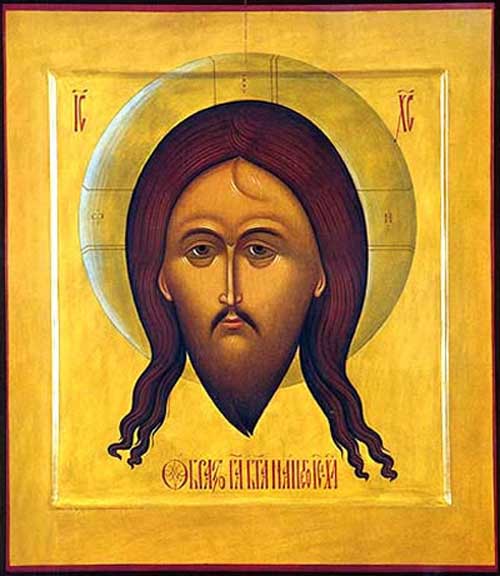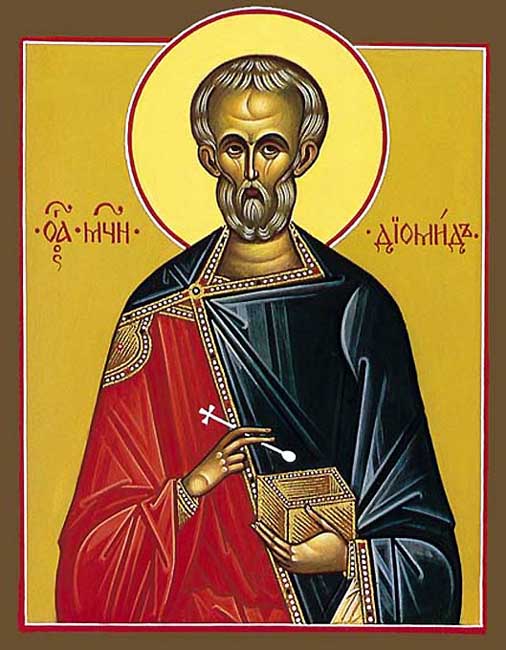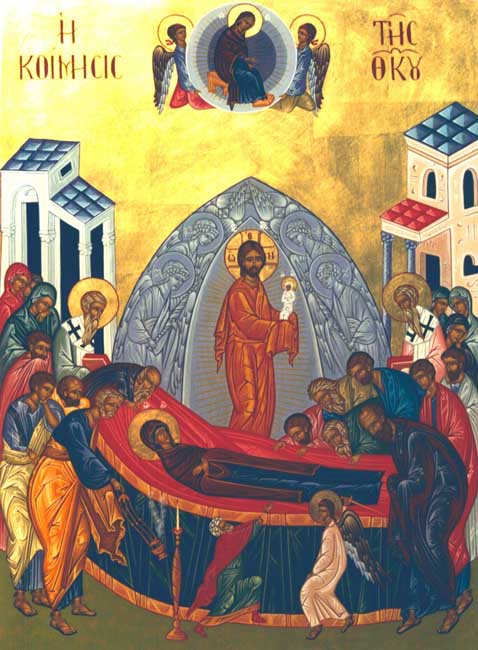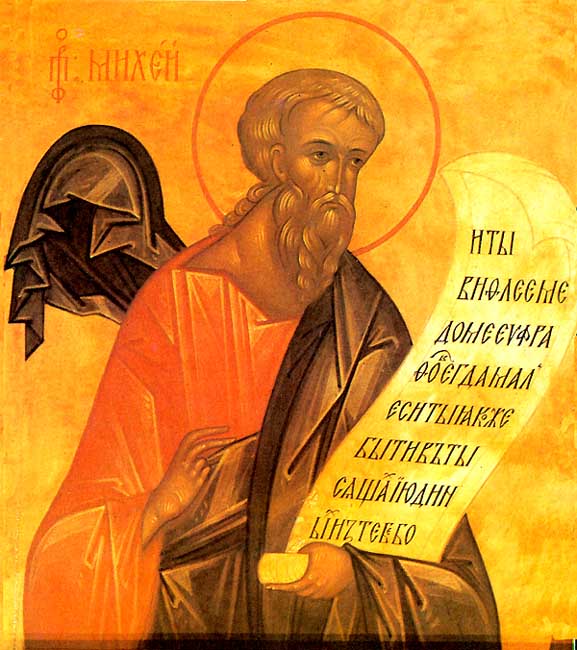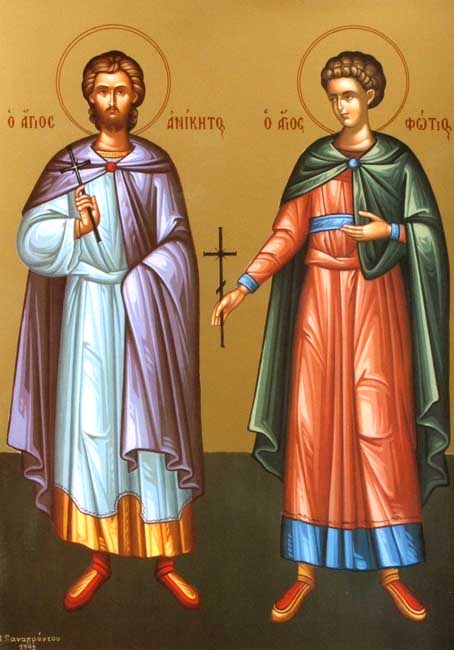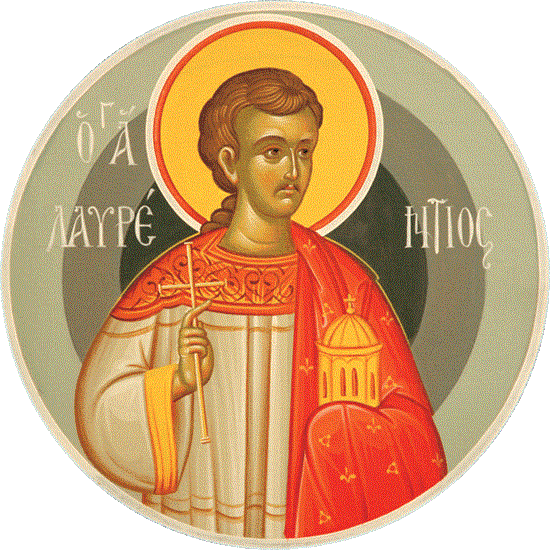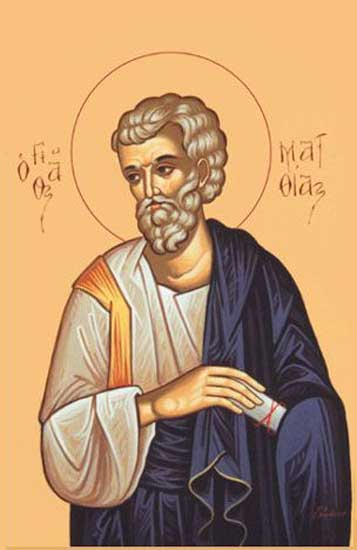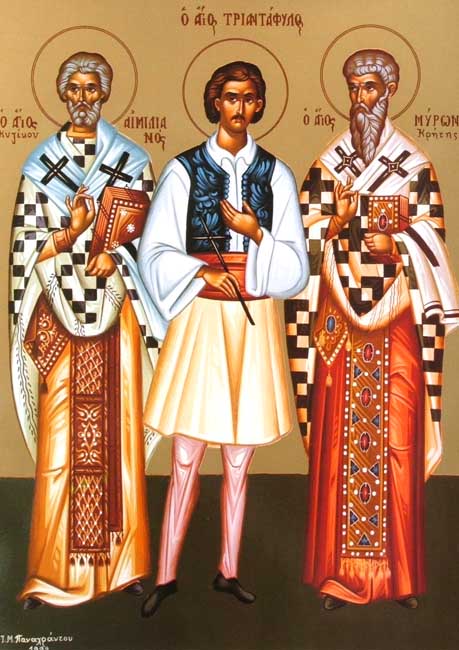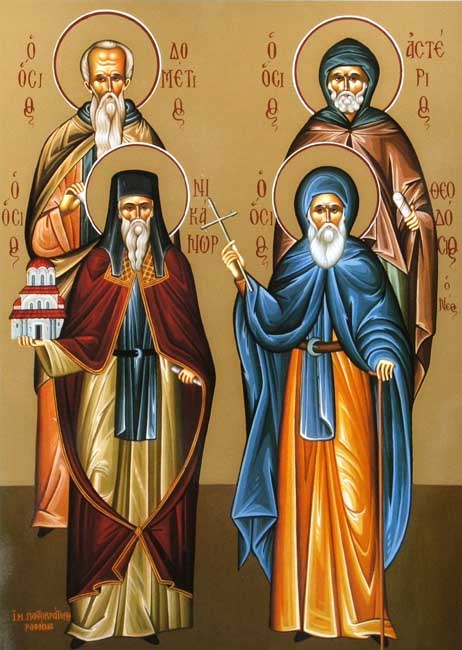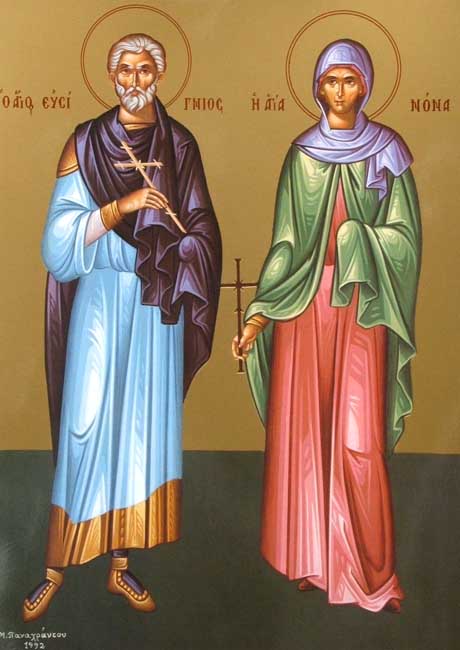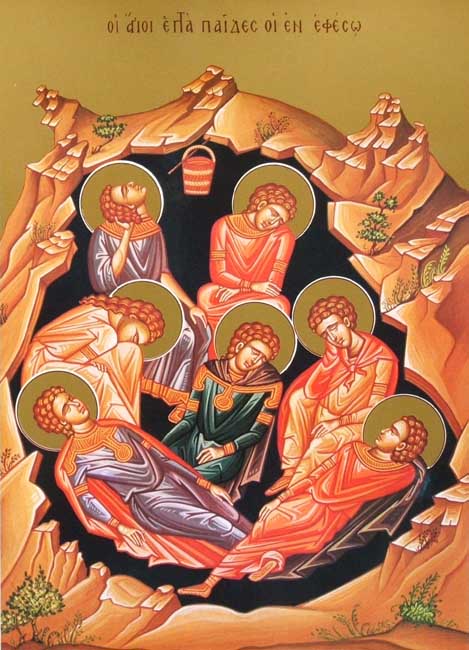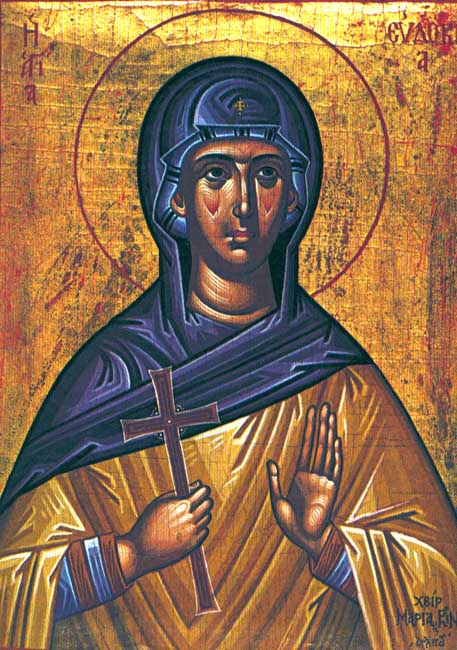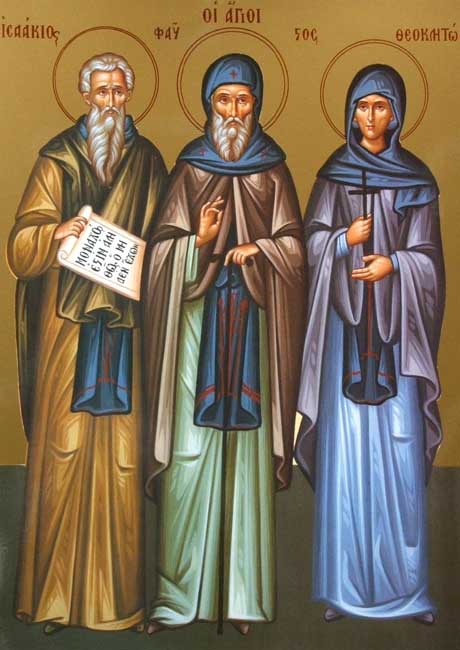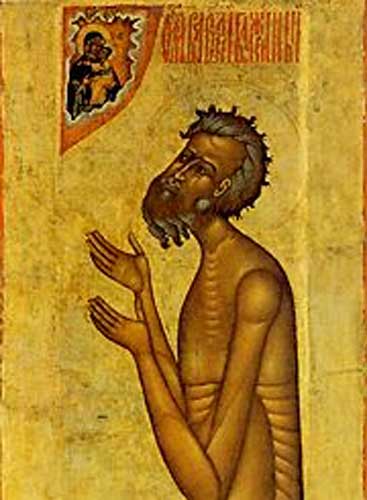THE TRANSFIGURATION OF OUR LORD, GOD AND SAVIOR JESUS CHRIST.
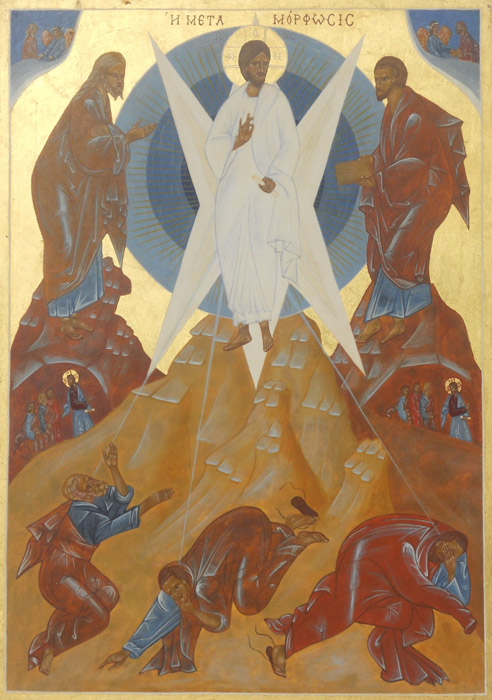
In the third year of His preaching, the
Lord Jesus often spoke to His disciples of His approaching passion
but at the same time of His glory following His suffering on the
Cross. So that His impending passion would not totally weaken His
disciples and that no one would fall away from Him, He, the All-wise,
wanted to partially show them His divine glory before His passion.
For that reason, He took Peter, James and John with Him and, with
them, went out at night to Mt. Tabor and there was transfigured
before them: "And His face shone as the sun and His garments
became white as snow" (
St. Matthew 17:2). There appeared along
side Him, Moses and Elijah, the great Old Testament prophets. And,
seeing this, His disciples were amazed. Peter said: "Lord, it is
good for us to be here: if You will, let us make here three
tabernacles; one for You, one for Moses and one for Elijah" (
St.Matthew 17:4). While Peter still spoke, Moses and Elijah departed and
a bright cloud overshadowed the Lord and His disciples and there came
a voice from the cloud saying: "This is my beloved Son in whom I
am well pleased; hear Him" (
St. Matthew 17:5). Hearing the
voice, the disciples fell to the ground on their faces as though dead
and remained that way, lying in fear, until the Lord came near to
them and said: "Arise and be not afraid" (
St. Matthew17:7). Why did the Lord take only three disciples on Tabor and not
all? Because Judas was not worthy to behold the divine glory of the
Teacher, Whom he will betray and the Lord did not want to leave him
[Judas] alone at the foot of the mountain so that the betrayer would
not, by that, justify his betrayal. Why was our Lord transfigured on
a mountain and not in a valley? So as to teach us two virtues: love
of labor and godly-thoughts. For, climbing to the heights required
labor and height represents the heights of our thoughts, i.e.,
godly-thoughts. Why was our Lord transfigured at night? Because, the
night rather than the day is more suitable for prayer and
godly-thoughts and because the night, by its darkness, conceals all
the beauty of the earth and reveals the beauty of the starry heavens.
Why did Moses and Elijah appear? In order to destroy the error of the
Jews, as though Christ is one of the prophets; Elijah or Jeremiah or
some other that is why He appears as a King above the prophets and
that is why Moses and Elijah appear as His servants. Until then, our
Lord manifested His divine power many times to the disciples but, on
Mt. Tabor, He manifested His divine nature. This vision of His
Divinity and the hearing of the heavenly witness about Him as the Son
of God, should serve the disciples in the days of the Lord's passion,
in strengthening of an unwavering faith in Him and His final victory.
HYMN OF PRAISE:
THE TRANSFIGURATION OF OUR LORD GOD AND
SAVIOR JESUS CHRIST
There, where Israel defeated Sisar
There also condescended, the Heavenly
King
Prayer, to go and to nightly vigils,
The glory of His Transfiguration, to
manifest,
And the faith of His followers, to
confirm
In the eternal victory of Him the
Victor.
There, divine light from Himself, He
released
Dispels the thick darkness, and
illuminated Tabor;
The Light, for a long time, which in
Himself contained
From which, to the world, a little at a
time dispensed
Abundant rays, now released,
Jubilant rays, sweet rays.
The glow of humanity, to reveal to
heaven,
To earth and to men, the Divine Truth.
Let the firmament, its Representative
see,
Let the earth recognize God, the
Savior.
Respectfully Taken From the:
"The Prologue of Ohrid"
by St. Nikolai of Zica, Serbia(Velimirovic)


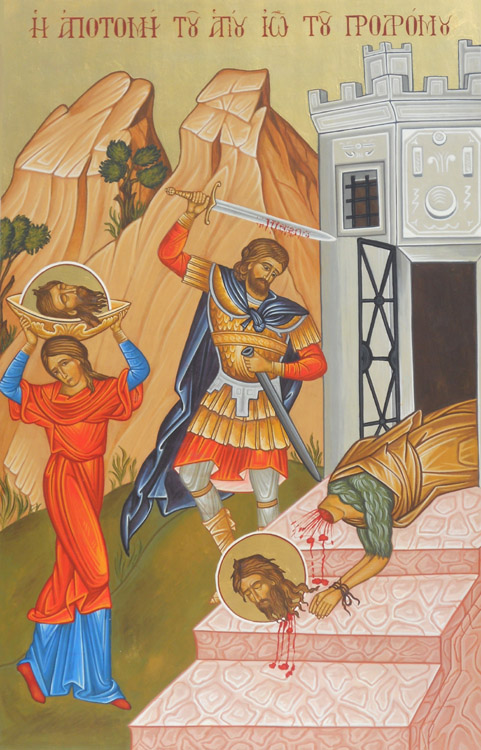
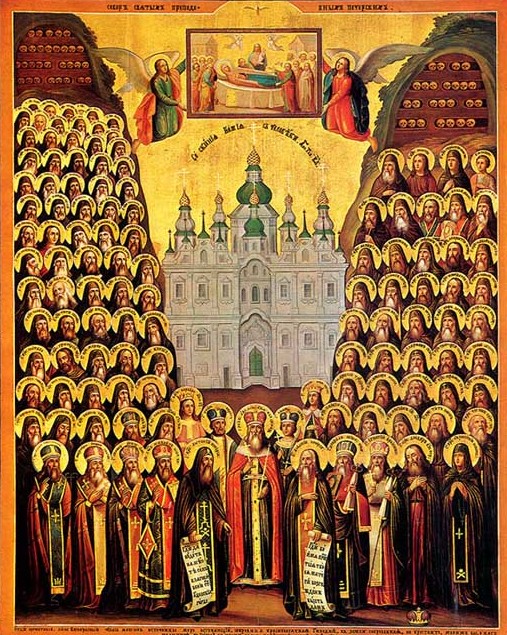
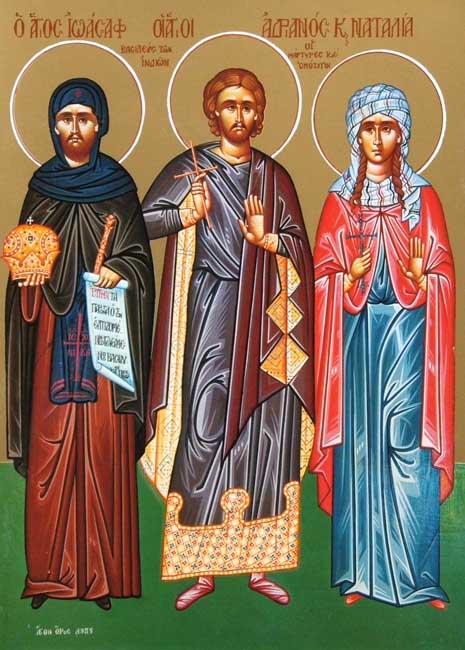

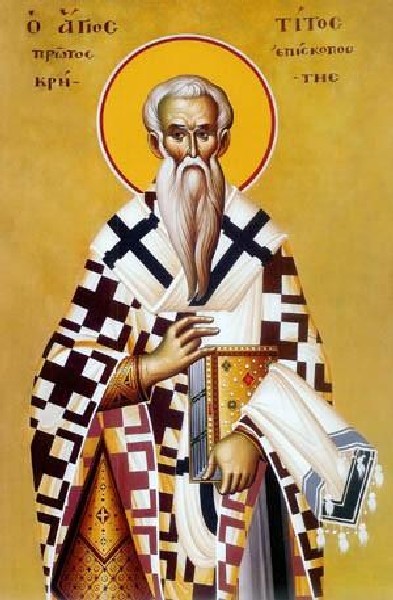

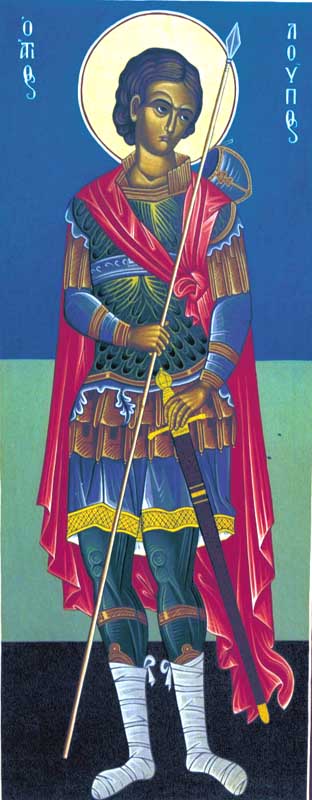
.jpg)
